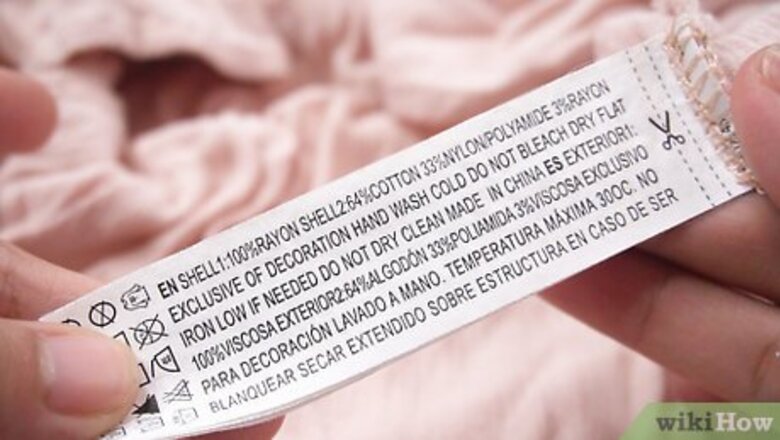
views
Preparing to Iron
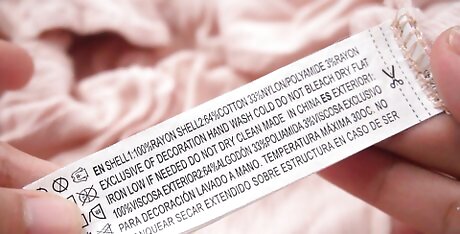
Make sure that the garment is meant to be ironed. Check the tags for ironing instructions. If the tags don't tell you which setting to put your iron, then look to see if they indicate what material the fabric is made of. Many irons order their settings by the type of material: e.g. wool, cotton, polyester. Low Setting: Acetate, rayon, silk, and wool. For rayon and silk, turn the items inside out prior to ironing. For wool items, place a damp cloth between the item and the iron. Medium Setting: Polyester (slightly damp before ironing) High Setting: Cotton (slightly damp before ironing)
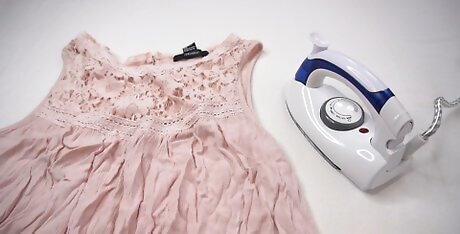
Set up the ironing area. Use an ironing board, if possible. If you don't have access to an ironing board, then use a flat, sturdy surface like a table or a counter. The ironing board is designed to absorb heat and moisture without taking damage. Make sure that you don't iron on a highly flammable surface.
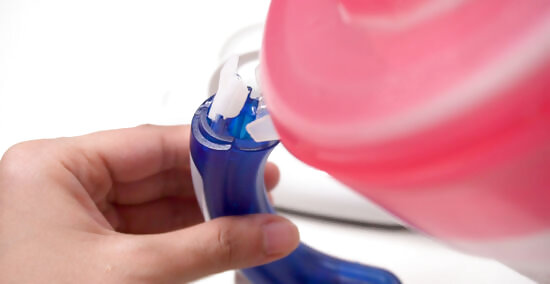
Fill the water reservoir of the iron. If your iron features a steam function, then you may need to add water. Look for a large, detachable water chamber on the top of the tool. Add filtered water nearly to the brim. Make sure that you use filtered water! This may help you avoid calcium build-up in your iron, which could clog the steam spouts.
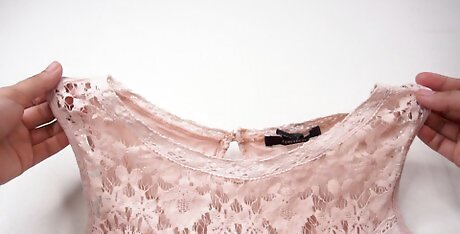
Lay out the garment. Arrange the item of clothing so that it lies perfectly flat on the board. Make sure that there are no wrinkles! If you iron over a wrinkle, then you will press a creased line into the fabric.
Using an Iron
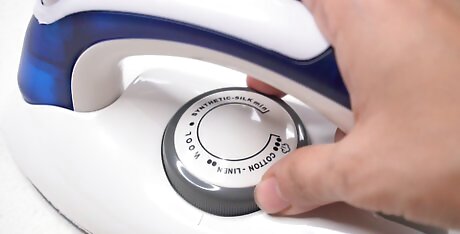
Heat up the iron. Turn the heat dial to the setting that is most appropriate for your fabric. Once you've selected a heat level, the metal will begin to grow warm. Let the iron become hot. You shouldn't need to wait more than a matter of seconds. The heat levels are often listed in relation to a certain type of fabric. For instance, cotton responds well to high heat and steam, but some synthetic fabrics might melt or fuse if they're exposed to such temperatures. Do not use an inappropriate setting! Start with a low heat and work up. If you are ironing more than one item, start with the one that uses the lowest setting on the iron. This way, you won't need to let the iron cool down before you continue.
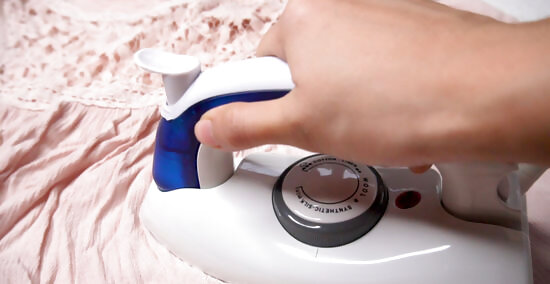
Iron the first side. Run the hot flat side of the iron firmly and slowly across the fabric. Smooth out the wrinkles. For the best results, work with the natural folds and creases of the garment. Iron each individual part of the garment separately. For instance, if you're ironing a dress shirt, smooth out the collar, then the cuffs, then the sleeves, then the shoulders, then the placket – and, finally, the main body of the shirt. Do not let the iron rest directly on the garment, lest the fabric overheats. If you are careless with the iron, you might start a fire!
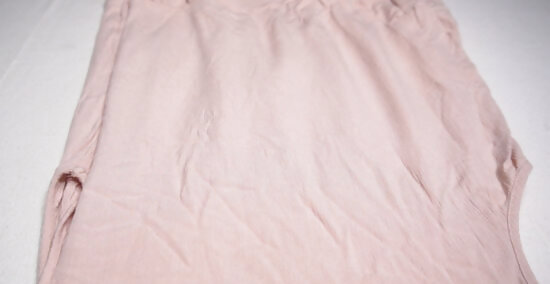
Smooth out the other side. Now, flip the piece of clothing over and iron the other side. Make sure not to flatten any wrinkles or creases into the new side.
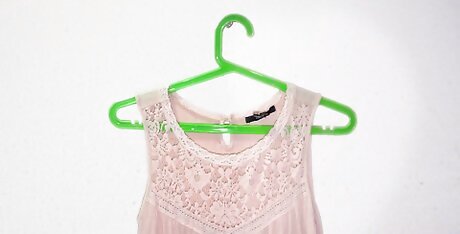
Hang the clothing immediately after ironing. If you bunch up the garment or leave it laying out, then there's a good chance that it will dry with wrinkles. Hang the fabric on a clothes hanger and let it air-dry.

















Comments
0 comment